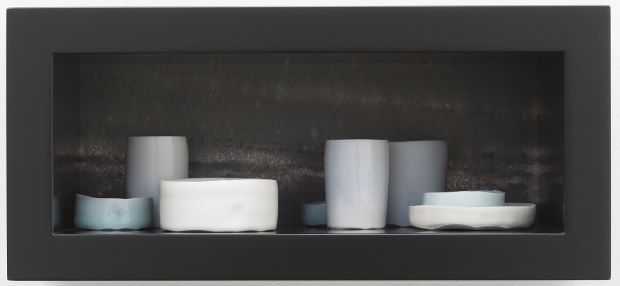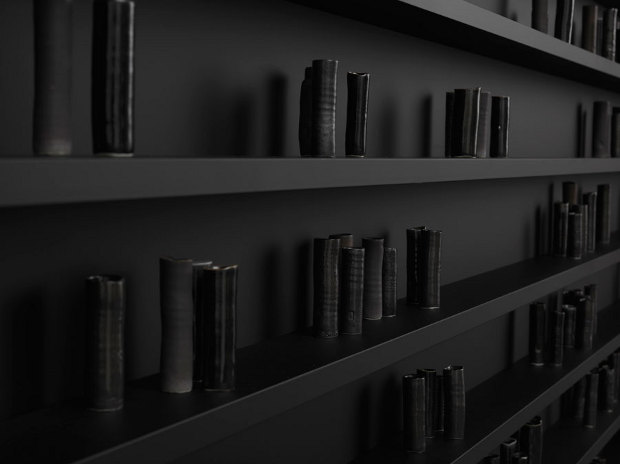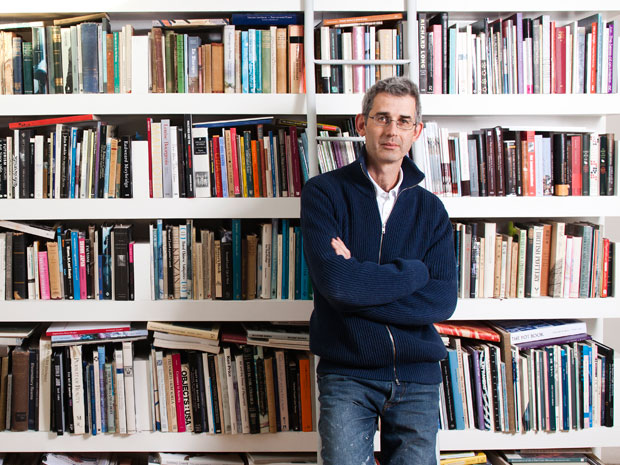
Why Edmund de Waal’s pots are like prisoners
The ceramicist and Phaidon author’s decision to support a British charity offers a great insight into his work
The ceramicist and writer Edmund de Waal says his work comes out of “a dialogue between minimalism, architecture and music” and is informed by his passion for literature. That certainly goes some way towards an understanding of his simple vessels, which are often placed in his own specially created cabinets.
Yet a recent gift by the artist also offers us some insight into these singular creations, which have been shown at the Victoria and Albert Museum, Margate Contemporary and the Gagosian gallery in New York.

De Waal has chosen to offer a set of eight vessels in a black lacquer, lead-lined box up for auction in a few days’ time. The work, entitled Watermark, will be sold on Ebay to benefit the British charity Prisoners Abroad.
In his books, de Waal has followed the tribulations of his family and their possessions, during the more turbulent years of the 20th century, and so perhaps he should harbour an acute sympathy for those unfortunate enough to be serving time away from home. However, he also suggests that his ceramics share some attributes with vulnerable prisoners overseas.
“My work is about finding a safe place for my very fragile porcelain vessels to be,” de Waal says, "a vitrine, a shelf, or as in this case, a lead-lined cabinet. An installation like this is a place of pause and contemplation and I hope there is kinship here with the values and objectives of this charity.”

We hope so too. Go here to find out more about this sale, which will run on Ebay from midday on 28th September until midday 5th October. You can also see some photographs of de Waal's new studio taken by fellow Phaidon artist Hélène Binet, here. Meanwhile, for a richer understanding of Edmund and his work buy our monograph, and for his place within ceramics, pick up a copy of The Pot Book, which is also written by Edmund.